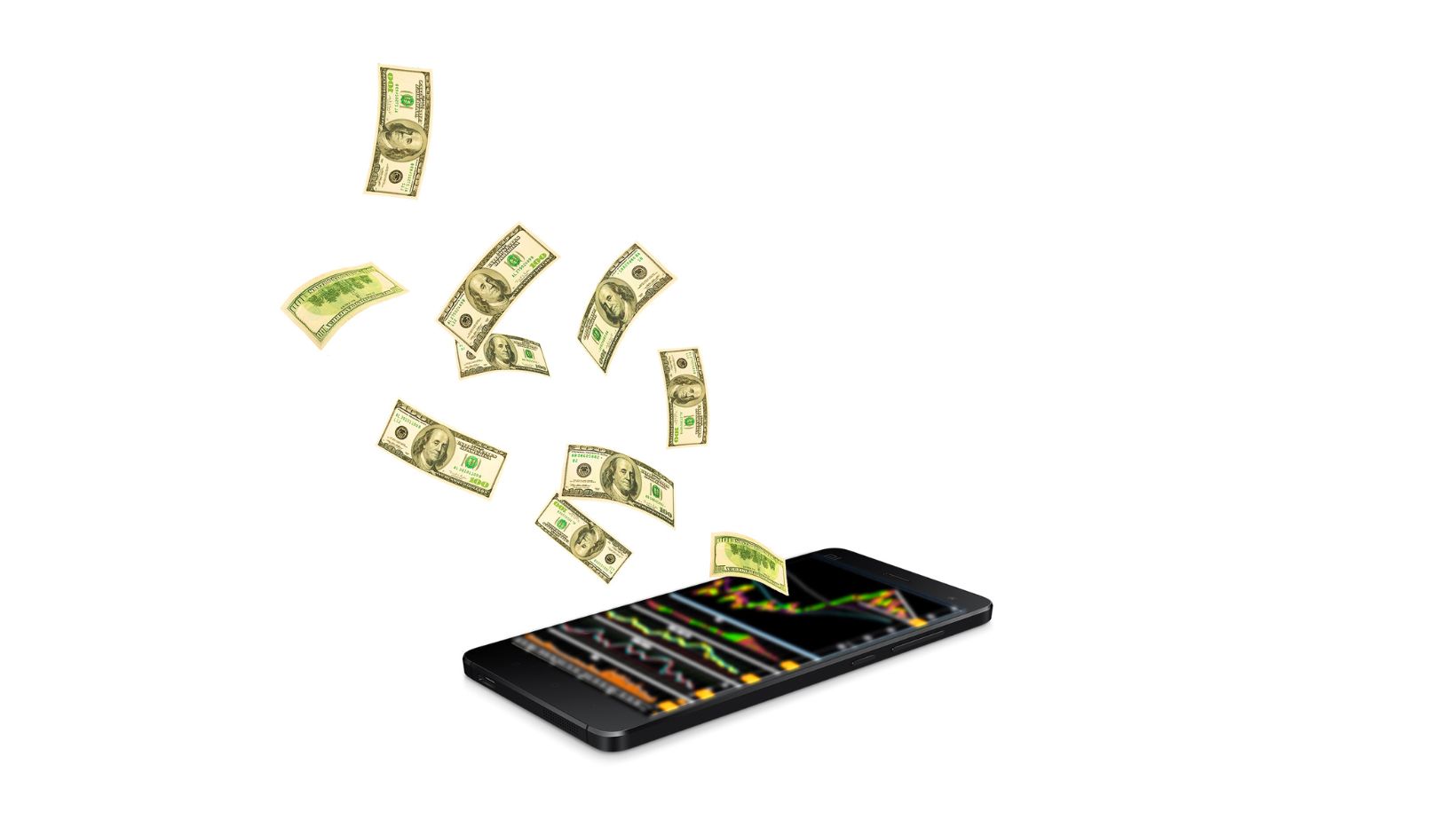
How Does Uniswap Make Money
Uniswap, the decentralized exchange platform, has gained significant popularity in the world of cryptocurrency. But how exactly does Uniswap make money? In this article, I’ll delve into the revenue model of Uniswap and shed light on the key factors contributing to its financial success. From transaction fees to liquidity provider incentives, Uniswap has devised a clever system that allows it to generate revenue while providing a seamless trading experience for users. So, let’s dive in and explore the fascinating world of Uniswap’s revenue generation.
Uniswap’s revenue model revolves around transaction fees, which are a crucial aspect of its financial sustainability. Unlike traditional centralized exchanges, Uniswap does not charge listing fees or require projects to pay for access to its platform. Instead, it relies on a simple fee structure that applies to every trade conducted on the platform. These fees are distributed among liquidity providers, incentivizing them to contribute to the liquidity pools that power Uniswap. By implementing this innovative approach, Uniswap ensures a fair and decentralized revenue distribution system.
What is Uniswap?
Uniswap is a decentralized exchange platform that operates on the Ethereum blockchain. It was created by Hayden Adams in 2018 and has gained significant popularity in the cryptocurrency world. Unlike traditional exchanges, Uniswap operates without the need for intermediaries, such as centralized authorities or order books.
Uniswap leverages smart contracts to enable users to trade cryptocurrencies directly from their wallets. This decentralized approach ensures transparency, security, and eliminates the need for users to trust a centralized entity with their funds. It also allows for a faster and more efficient trading experience.
One of the key features of Uniswap is its automated liquidity protocol. Liquidity providers deposit tokens into smart contracts, creating liquidity pools. These pools are then used to facilitate trades on the platform. Instead of relying on order books, Uniswap uses an automated market-making mechanism to determine the price of each token based on the ratio of tokens in the liquidity pool.
Uniswap has gained popularity due to its user-friendly interface, low fees, and the ability to trade a wide range of tokens. It has become a go-to platform for many traders and investors in the decentralized finance (DeFi) space.
With its innovative approach and growing user base, Uniswap has become one of the top decentralized exchanges in the cryptocurrency market. Its unique revenue model, which relies on transaction fees and liquidity provider incentives, has allowed it to generate revenue while promoting a fair and decentralized trading environment.

How does Uniswap work?
Uniswap operates on the Ethereum blockchain and uses smart contracts to facilitate decentralized trading. Here’s how it works:
- Automated Liquidity Protocol: Uniswap’s key feature is its automated liquidity protocol. Instead of relying on order books like traditional exchanges, Uniswap uses liquidity pools. Users can deposit tokens into these pools, allowing others to trade against them. This creates a constant supply of liquidity, making it easier for users to buy and sell tokens.
- Liquidity Providers: Users who contribute to liquidity pools become liquidity providers. In return, they receive liquidity provider (LP) tokens that represent their share of the pool. LPs earn a portion of the trading fees generated by the pool. The more tokens they contribute and the longer they stay in the pool, the more fees they earn.
- Constant Market Maker Model: Uniswap follows a constant market maker model. It uses a mathematical formula (x * y = k) to determine the price of tokens in a liquidity pool. The formula ensures that as one token’s price increases, its supply in the pool decreases, maintaining a constant product.
Uniswap operates through its automated liquidity protocol, liquidity providers contribute tokens to liquidity pools, and users can trade directly from their wallets. The constant market maker model ensures that prices adjust based on supply and demand. Uniswap generates revenue through transaction fees, which are distributed to liquidity providers and used for token burning.
In conclusion Uniswap’s revenue model revolves around trading fees and its governance token, UNI. Through the UNI token, users can actively participate in decision-making and receive rewards. This approach not only ensures a decentralized exchange platform but also encourages community involvement. The value of the UNI token has seen significant growth, further incentivizing users to engage with the platform. Uniswap’s innovative and community-driven model has played a crucial role in its success as a decentralized exchange.










